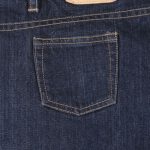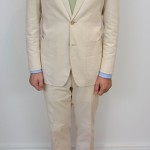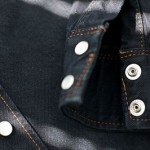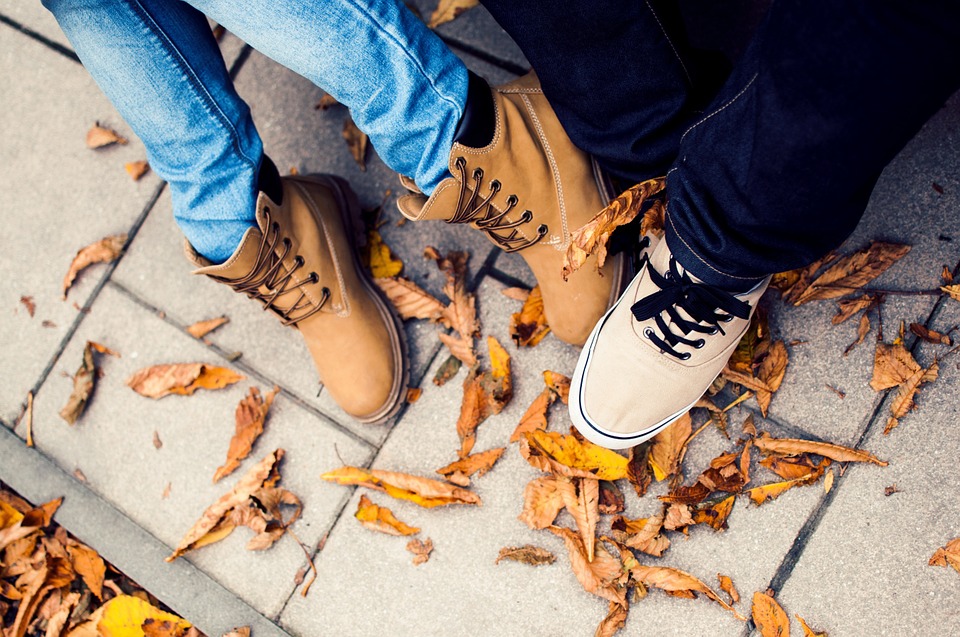
by MakeYourOwnJeans | denims, jeans |
Even with the growing popularity surrounding “active wear” pants, jeans remain the single most popular and widely worn style of pants in the world. Some reports indicate that the denim jeans market will reach nearly $80 billion by 2022. Other reports show that the average American owns more than half-a-dozen different pairs of jeans. Of course, there’s a reason why jeans are so popular: they are comfortable, stylish, durable and look great on men and women of all body types. But if you want to stand out from the crowd, you should consider one of the following alternative denim styles. #1) Flare Jeans While once a popular denim style in the 1970s, flare jeans began to fade in the decades to follow. With that said, however, they’ve since made a comeback, with countless women throughout the world sporting this unique style. So, what are flare jeans exactly? Also known as bell bottoms, flare jeans are characterized by a tight fit in the thigh and upper legs along with a wider opening around the ankles. #2) Stonewashed Jeans We can’t talk about alternative denim styles without mentioning stonewash. Technically speaking, stonewashing is a textile manufacturing process that involves washing denim in a rotating drum, typically with one or more pumice stones. As the denim jeans rotate in the drum, they are beaten with the pumice stones to create natural-looking wear and tear. Most stonewashed jeans feature patches of frayed and worn fabric, which many men and women prefer over traditional denim jeans. Granted, you can achieve a similar appearance by wearing your jeans for several years, though it’s easier and...
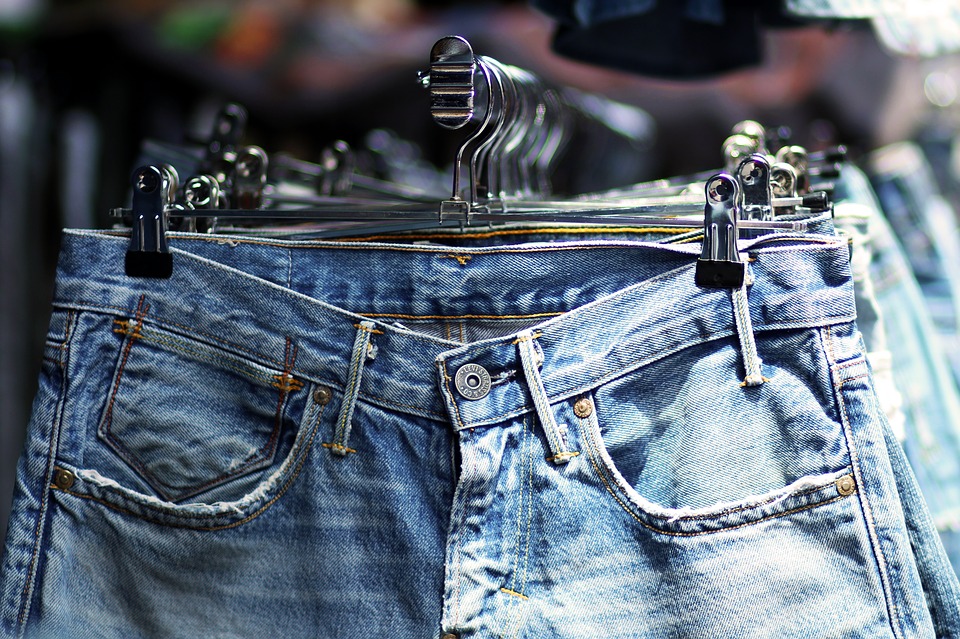
by MakeYourOwnJeans | jeans |
With summer coming to a close, there’s no better time than the present to update your wardrobe with fall attire. As we get deeper into the year, the temperatures will become cooler and the days shorter. Therefore, you need to choose the right clothes for this seasonal transition. While there are dozens of different pants you can wear, however, few offer the same level of versatility as denim jeans. So, if you’re looking to update your wardrobe with new jeans for the upcoming fall season, consider the following tips. Comfort The single most important thing to consider when choosing jeans for the 2017 fall season is comfort. If your jeans aren’t comfortable, you probably won’t wear them very often (or at all), in which case they’ll gather dust at the top of your closet. Not all jeans are designed with comfort in mind, however; therefore, you need to choose your jeans carefully. Check to see what type of fabric they are made of, who made them, and how the stitching is done. Using this criteria, you can usually tell if jeans are comfortable, even without wearing or feeling them in person. If a pair of jeans are made of 100% denim, feature hidden stitching, and are made by a reputable company, it’s safe to assume they will be comfortable to wear. Color Generally speaking, it’s best to wear light-colored denim during the spring and summer and darker-colored denim during the fall and winter. Indigo, for instance, is a popular color choice for denim jeans during this time of year. It’s classic, stylish and looks great no matter how you...
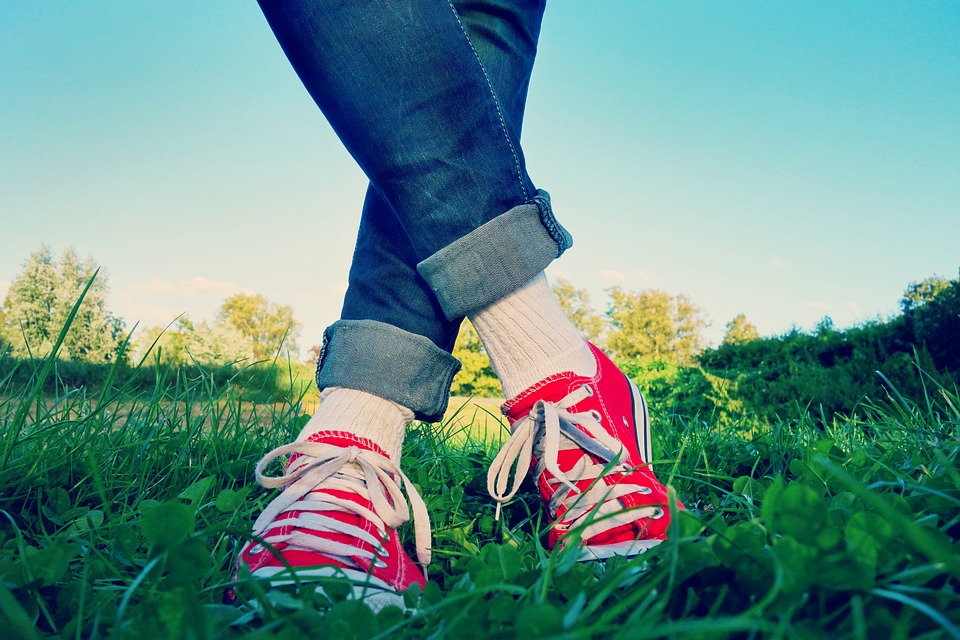
by MakeYourOwnJeans | jeans |
Denim jeans are the world’s most popular style of pants. According to a survey conducted by ShopSmart, the average American woman owns approximately seven pairs of jeans. The survey also found that 25% of American women own 10 or more pairs of jeans. With an unmatched level of popularity, you can rest assured knowing that denim jeans will withstand the hands of time for countless years to come. Today, we’re going to take a closer look at this popular garment by answering some common questions about jeans. What Are Raw Denim Jeans? When shopping for new jeans, you may come across the term “raw denim.” Basically, raw denim jeans are made of unwashed denim fabric. Regular jeans are typically washed several times to create a lighter color and softer texture. Raw denim jeans, on the other hand, skip this step. The denim is made from the loom, after which it is cut, sewn and made into a pair of jeans before selling. Because raw denim skips the washing process, they are generally darker and stiffer than traditional washed jeans. How Do I to Stop Jeans from Bleeding? If the color from your jeans are bleeding onto your shoes or clothes, you might be wondering how to stop this phenomenon. Well, there are a few things you can do to prevent your jeans from bleeding, one of which is to wash them. New jeans that haven’t been worn or washed are particularly prone to this problem. The dye is still “loose” and hasn’t fully settled into the fabric, resulting in bleeding colors. Washing and drying your jeans several times should...
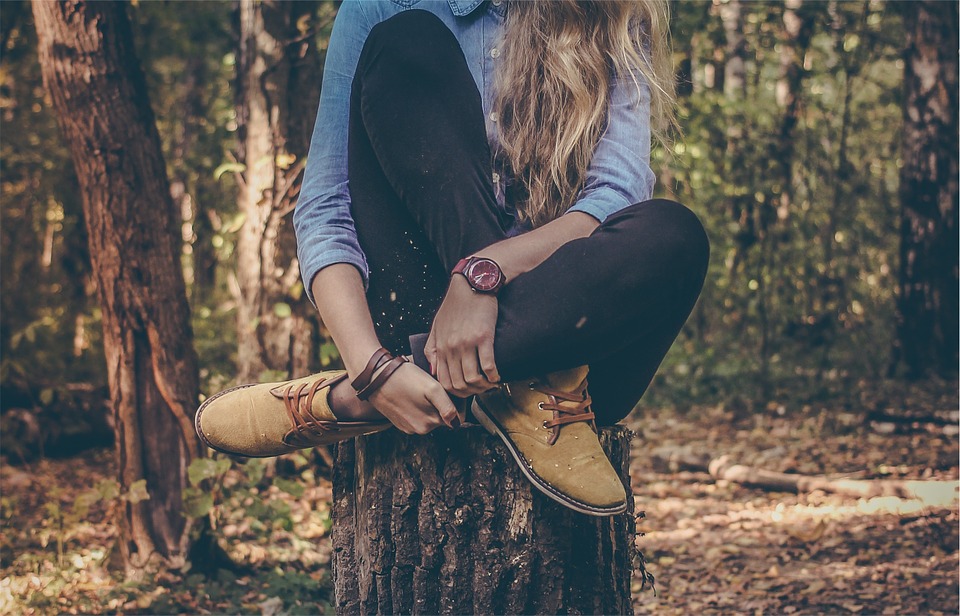
by MakeYourOwnJeans | Denim Shirts |
Cotton is typically the preferred choice of material for t-shirts. It’s soft, fluffy, readily available and able to withstand countless washing cycles without sustaining damage. For these reasons and others, most shirts you’ll find on the market are made of cotton. However, a popular alternative to 100% cotton is denim. To learn more about denim shirts and how to wear them, keep reading. In this blog post, we’re going to explore the growing trend of denim shirts in the world of fashion. Denim Shirts: The Basics Technically speaking, a denim shirt isn’t much different than a cotton shirt. This is because denim is actually a type of cotton that’s characterized by its production in which the the weft passes under at least two warp threads. The end result is twill weaving with a diagonal ribbing. Genuine denim is strong, durable, comfortable and looks great. Perhaps this is why so many people prefer wearing denim jeans over other pants. Regardless of your reason for wearing a denim shirt, though, chances are you’ll love this fabric. Of course, there are several types of denim used in the construction of shirts, including dry and raw. Raw denim refers to denim fabric that has not been washed after it has been dyed. Consequently, dry denim refers to denim fabric that has been washed after it being dyed. Some companies wash their denim shirts before selling them, simply to create a natural fade. Like other fabrics and textiles, denim has a tendency to fade over time, especially the first time it’s washed. By washing denim after dyeing it but before selling it, companies can...

by MakeYourOwnJeans | jeans |
Statistics show the worldwide denim market is currently valued at approximately $51.6 billion, with demand growing year over year at an average rate of 5%. According to a poll conducted by ShopSmart, the average woman in the United States owns more than a half a dozen pairs of denim jeans. But just because you own six, seven or even eight pairs doesn’t necessarily mean that you wear them all. On the contrary, many men and women own jeans they don’t wear, simply because they aren’t comfortable. It’s frustrating when you spend your hard-earned money on a new pair of jeans, only to let them gather dust at the top of your closet. If the jeans aren’t comfortable, however, you probably aren’t going to wear them. It’s just that simple. The good news is that you can avoid problems such as these by understanding common reasons why jeans are uncomfortable in the first place. It’s The Wrong Cut Denim jeans are made in dozens of different cuts, each of which has its own unique characteristics — and choosing the wrong cut could make them uncomfortable to wear. Skinny jeans, for instance, run straight through thighs, narrowing towards the bottom. While some men and women prefer the slim-fitted look of skinny leg jeans, they can also be restricting. Skinny jeans have limited space in the legs and waist, preventing you from moving around easily. If you own a pair of skinny jeans that aren’t uncomfortable to wear, consider choosing a more open cut instead. Relaxed fit jeans, for instance, aren’t as restricting, which is why many people prefer them over their...







